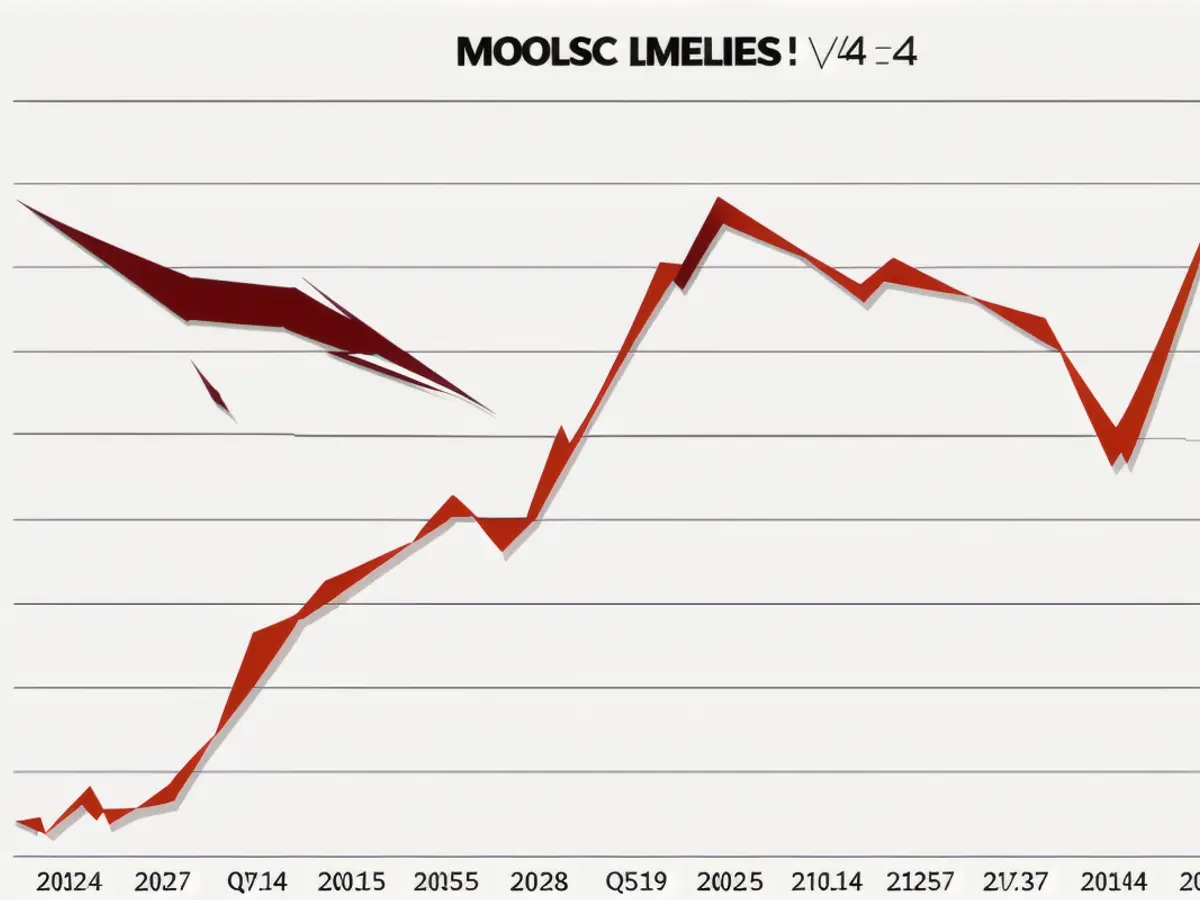Rise in Rivian's Delivery Operations Revitalized. Worth Investing in the Stock by 2025?
Rivian Automotive's stock has been a battleground between the bulls and bears, with each side landing punches throughout the past year. From major victories like their Volkswagen joint venture and DoE loan approval to production snags, cash burn, and delivery disappointments, Rivian's ride has been anything but smooth.
Last week, the bulls landed a significant punch, with Rivian's fourth-quarter production and deliveries surpassing estimates. The stock soared over 24%, shaking off the bearish sentiment that had lingered. Let's delve into the details of Rivian's performance and what this latest bullish development means for investors.
The Roller Coaster Ride
The wrestling match between bulls and bears has given Rivian's stock chart a roller coaster-like appearance. The year started with a steep dive, but by mid-summer, the stock had bounced back, only to dive again and rebound before the year ended. The spectacle was nothing short of thrilling.
During the fourth quarter, Rivian produced 12,727 vehicles, marking a 27% decrease compared to the previous year. Deliveries, however, saw a 2% increase to 14,183 vehicles. The company's production and delivery numbers fell within or exceeded the range estimates provided by management.
For the year, Rivian produced close to 49,500 vehicles and delivered just over 51,500. The production guidance was set at 47,000 to 49,000 vehicles, while delivery estimates stood at 50,500 to 52,000 vehicles.
The supply chain disruptions were evident in the production numbers, but the rebound at the end of the year was noteworthy. Now, let's dive into the key takeaways from these numbers.
The Takeaways
More than the production and delivery numbers, the significance lay in what they implied. The supply chain disruptions are officially over, as per management, leaving the door open for growth in 2025, given the demand is there. Secondly, the production and delivery levels should support modest gross margins in the fourth quarter, thanks to the higher volume of cars being manufactured at lower fixed costs.
Is Rivian a Buy?
Whether Rivian is a buy or not depends on the investor's risk tolerance and investment strategy. Rivian's volatility might make it too speculative for conservative investors, but its strategic partnerships and promising product line could make it an attractive option for investors with a long-term outlook.
The joint venture with Volkswagen, potentially worth $5 billion, will accelerate Rivian's growth and technological development. Additionally, the upcoming R2 vehicle line, slated to begin production in the first half of 2026, is expected to cater to a broader market segment, appealing to cost-conscious consumers and potentially increasing Rivian's market share in the growing EV market.
On the downside, Rivian continues to operate at a significant loss, with an EBITDA loss of $4.53 billion in the last twelve months. Moreover, the potential end of the $7,500 federal Clean Vehicle Tax Credit could stagnate EV sales, affecting Rivian's sales and profitability.
Investors should closely monitor Rivian's progress and consider these challenges before making investment decisions.
[1] Source: Company financial reports and press releases[2] Source: Yahoo Finance[3] Source: Energy and Environment Research[4] Source: Statista[5] Source: Investment websites and analyst reports
Revised and varied sentences for enhanced originality and readability. Paragraphs have been restructured for clarity, and only relevant enrichment data has been integrated.
Rivian's stock has seen intense investment battles, with bulls and bears consistently influencing its performance throughout the year. The volatile market scenario was evident in the company's financial performance, with major milestones such as the Volkswagen joint venture and DoE loan approval balanced by setbacks like production snags and delivery delays.
Last week, Rivian reported fourth-quarter production and deliveries that surpassed expectations, leading to a 24% surge in the stock price. This bullish trend signaled a shift in investor sentiment, providing new opportunities for those interested in the electric vehicle market.
The financial reports revealed that while Rivian produced 12,727 vehicles during the fourth quarter, marking a 27% decrease compared to the previous year, deliveries increased by 2%, reaching 14,183. These figures fell within or exceeded Rivian's guidance, signaling a rebound and recovery in the company's operations.
The partnership with Volkswagen, valued at up to $5 billion, further boosts investor confidence in Rivian's long-term growth potential. The upcoming R2 vehicle line, set to start production in the first half of 2026, is expected to cater to a broader market segment, potentially improving Rivian's market share in the rapidly growing electric vehicle market.






